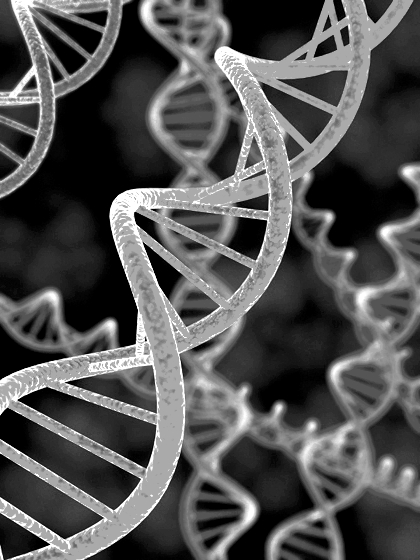New method for wild edits
 A new genetic editing technique to modify wild populations is being tested.
A new genetic editing technique to modify wild populations is being tested.
Experts say that the genetic modification technique allows for the alteration of wild populations without leaving permanent foreign DNA, and could revolutionise environmental and conservation efforts.
The method, known as Allele Sails, addresses significant public and regulatory concerns linked to current gene-editing technologies, offering a more controlled and potentially acceptable approach to altering the genetic traits of wild species.
Developed by researchers from Macquarie University and the California Institute of Technology (CalTech), the Allele Sails technique represents a significant advancement over existing gene-editing methods, such as gene-drives, which have raised concerns due to their ability to autonomously spread through populations.
This new method, as described by the research team, offers a simpler and more controllable means of introducing genetic changes in wild populations, reducing the risk of unintended ecological consequences.
The Allele Sails method uses genome editing technologies, like CRISPR/Cas9, to make subtle genetic changes in wild populations.
Unlike gene-drives, which increase the frequency of the modified genes themselves, Allele Sails maintains a low frequency of the genome editor transgene, thereby allowing for a more measured and reversible approach to genetic modification.
“Allele Sails offer a simple way to alter the traits and fates of wild populations, and may be more acceptable to use as the genetically modified part is introduced at low frequencies, and its persistence can be tuned,” says Michelle Johnson, a computational biologist at CalTech and lead author of the study.
This approach could potentially ease public fears and reduce the regulatory hurdles that have hampered the deployment of gene-editing technologies in environmental management.
Researchers have studied the effectiveness of Allele Sails through sophisticated population models. These models explored various scenarios, such as the potential for suppressing pest populations by targeting genes responsible for producing female offspring.
The potential applications of Allele Sails are vast, ranging from enhancing coral heat tolerance to restoring lost genetic diversity in endangered species, and from reducing the ability of mosquitoes to transmit diseases to reversing pesticide resistance in rodents.
The technique could even be used to make invasive species, such as the cane toad in Australia, less toxic.
“Allele Sails could be most adept at spreading small changes that are indistinguishable from natural mutations,” Johnsonsaid.
While the promise of Allele Sails is significant, the researchers acknowledge the need for careful study of its potential environmental impacts.








 Print
Print